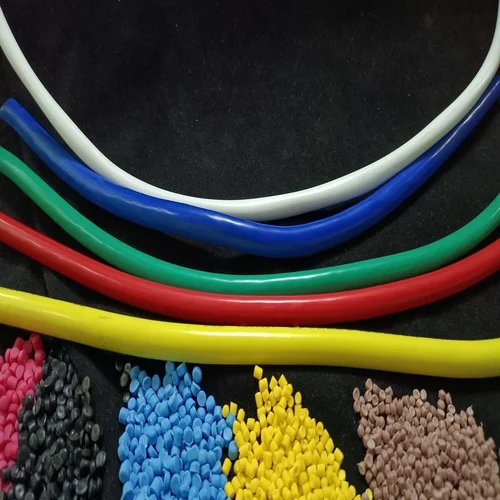
Antimony trioxide
Mitsui Japan
The Uses of Antimony Trioxide Flame-retardant synergist can be chemically inserted into the polymer molecule or be physically blended in polymers after polymerization to suppress, reduce, delay or modify the propagation of a flame through a plastic material.
Antimony Trioxide are used as synergists to enhance the activity of halogenated flame-retardants by stepwise releasing the halogenated radicals to retard gas phase chain reaction of flame spread.
Many industries use antimony as a flame-retardant synergist including but not limited to the plastics, textiles, rubber, paper, and paint industries. Antimony Trioxide can be used as an appropriate synergist for flame retarding polyvinyl chloride (PVC), polypropylene (PP), high impact polystyrene (HIPS), polyethylene (PE), ethylene propylene diene rubber (EPDM), acrylonitrile butadiene styrene (ABS), epoxies, phenolic, polyurethanes, and many others.
Glass Industry
Antimony trioxide is added to glass formulations to improve its clarity and brilliance. It acts as a fining agent, removing small air bubbles and impurities during the glass melting process.
Antimony Trioxide can be used as an additive in glass and ceramic products and as a catalyst in the chemical industry. It is also used in vulcanization of rubber.
APPLICATION
- Glass formulations to improve its clarity and brilliance
- PVC Cable Compounding, PVC marble & Artificial leather cloth
- It is widely used as a fire retardant in polymers such as PVC, PP, PE, PS, ABS, PU, etc.
- Used as a filling, covering agents & retardants for rubber, ceramics, enamels, fabrics, fibre products.
- Used as pigments and retardants in oil paint and coating material industry.
- Used as retardants in synthetic resin and papers
Application

Ceramic

Welding Electrodes

Plastic & Polymer

Rubber

Paper & Boards

Adhesive & Sealants
Application

pigments

ceramic

paint & coating

PVC Cable Compounding

leather cloth


